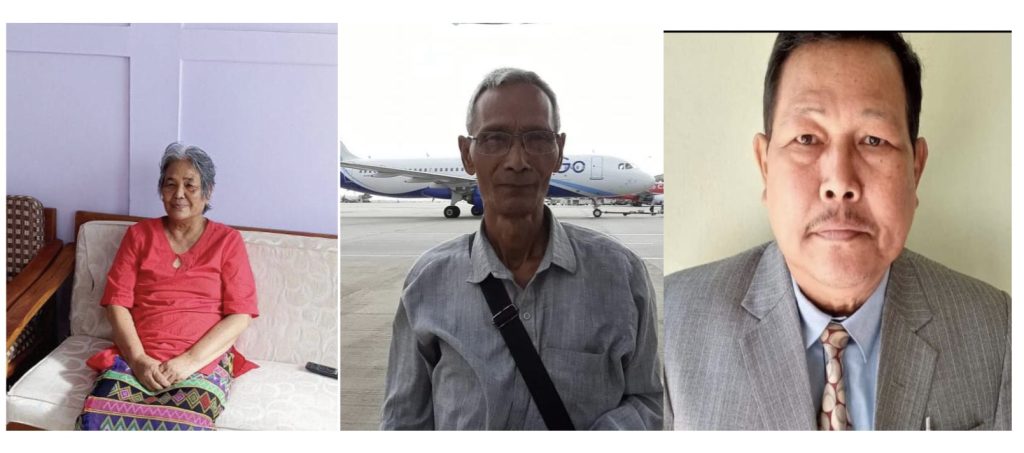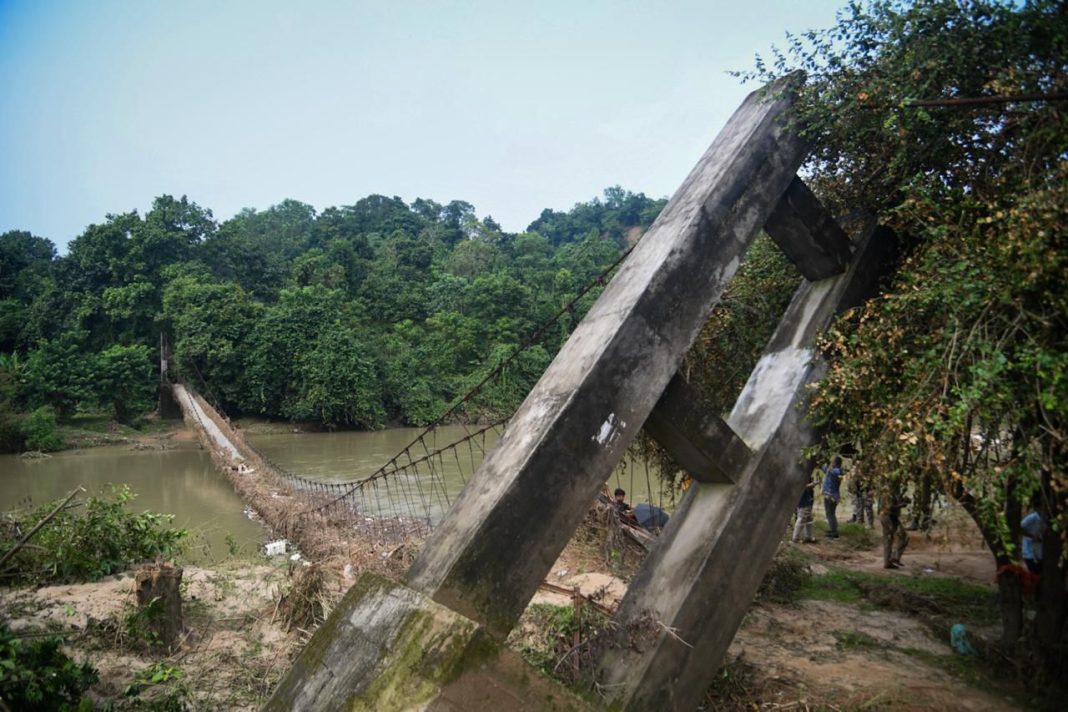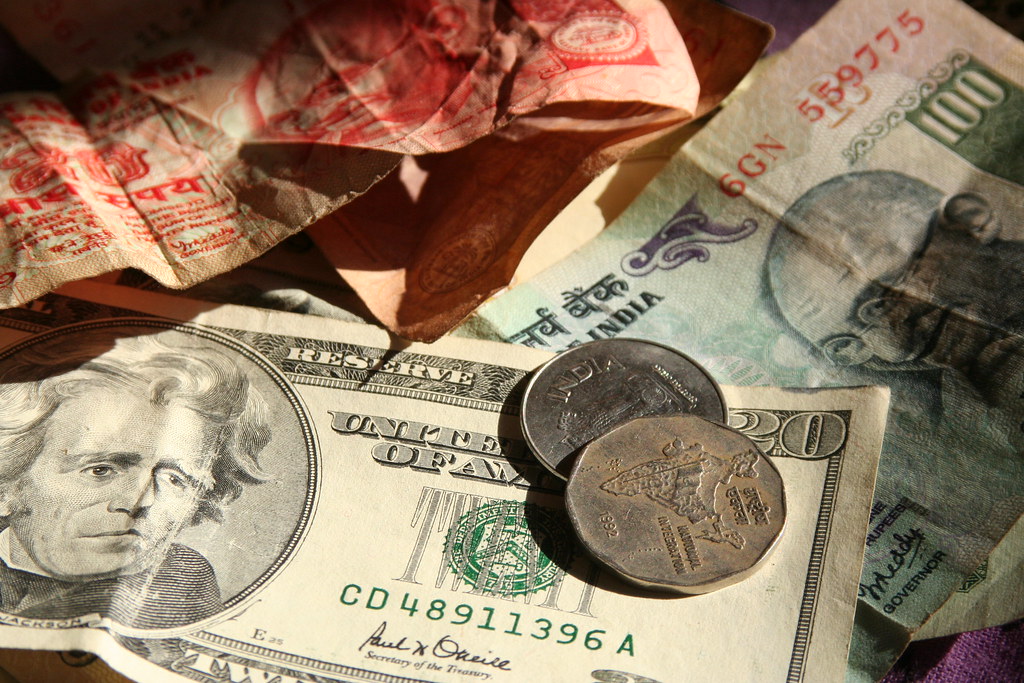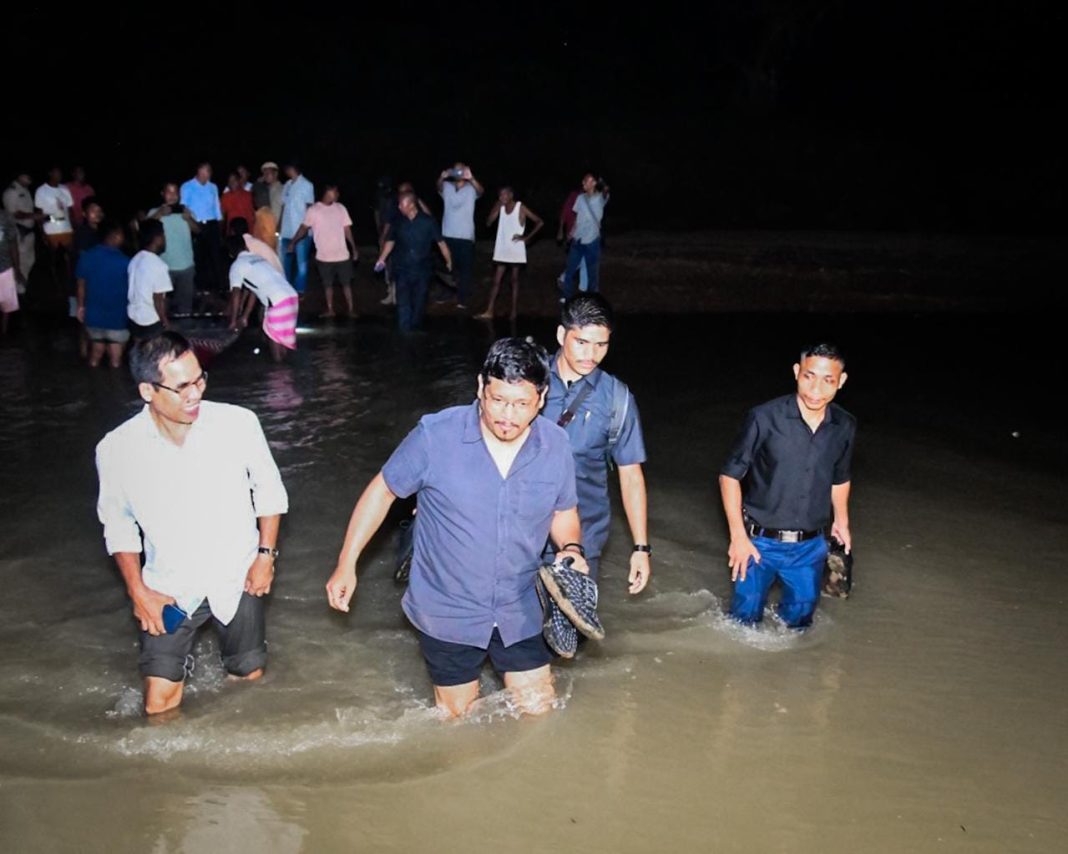ROOPAK GOSWAMI
Shillong, Oct 11: As the clouds opened up in the Garo Hills, a torrent of rain unleashed devastation like never before. What followed was a cascade of landslides, flash floods, and heartbreak. A few voices from the fragile landscape echo the fear, the agony, and the hard-earned wisdom of those who survived the recent deluge.
“We had more rains in the past, but we didn’t face disasters like this. The soil erosion, the landslides… It’s our own doing” rues septuagenarian Crisline T. Sangma, a retired state director of fisheries.
Crisline’s eyes carry the weight of the years she has lived, but it is the sorrow in her voice that captures the disaster that unfolded. “We are living in an era where natural disasters have become the new normal,” she says. The floods that recently hit Garo Hills aren’t entirely new, but their frequency and intensity have worsened. “This time, it’s different. The rains are less, but the disasters are more frequent,” she observes, with a sadness that speaks to the erosion of not just the land, but traditions and the way people used to live in harmony with nature.
Crisline(75) is a resident of Rongkhong Derrattim, Tura, West Garo Hills.
“The destruction of our environment is something we brought upon ourselves,” she continues, her tone carrying the wisdom of decades of public service. Crisline laments the uncontrolled felling of trees and unsustainable practices like slash-and-burn cultivation and unscientific mining that have ravaged Garo Hills. “We had more rains in the past, but we didn’t face disasters like this. The soil erosion, the landslides… It’s our own doing.”

For Crisline, these events are also interwoven with stories from Garo folklore, where creatures like the buga and sangknis, marine spirits, were once blamed for flash floods.
During my tenure as Additional Deputy Commissioner of East Garo Hills we witnessed great unprecedented flash floods in 1980 and then again in 1990 which were interestingly attributed to the actions of the buga and sangknis (marine creatures) considered as mythological creatures but actually abound in Garo Hills. According to certain rumours there may be more such tragic episodes, we can only wait and see!
“Maybe they’ll return, maybe it’s part of something bigger,” she says, her eyes fixed on the horizon, “for Christians, these are signs of the end times.”
“As for the Christians these are the signs of the end times before the return of Jesus Christ. The prophecies that had been foretold have been and are being unfolded right before our eyes. So, whichever way we look at it, it is beyond our control and will continue to happen” Sangma feels.
Sixty five year old Pastor Galebirth M. Marak, speaks with the calm faith of someone who has seen suffering but believes in a higher purpose. “Tragedies happen across the nation every day. We lose loved ones, and some of us lost everything in the floods. The question is not just ‘Why did this happen?’ but ‘What have we done to our world?'”
“In Chokpot, the devastation was equally palpable,” he says. He is a resident of Chokpot.
He quotes scripture, grounding his belief that the floods and landslides are not just accidents but warnings. “God’s creation was perfect, but now, less than 3% of the Earth’s land is ecologically intact. We’re destroying the very systems that keep us alive,” he reflects. For him, the rains that triggered the destruction are both physical and metaphorical—a deluge caused by human greed and disregard for nature.
Yet, his words are not all about sorrow. “Today, I hope these realizations hit home. We don’t know when our time is up, and we must change while we still can.” His message is clear: the disaster is a wake-up call, and it’s not too late to reverse course.
For senior citizen Promode C. Rema of Koinadubi area in West Garo Hills the nightmare of the flash floods is still vivid.
“It was like a blink of an eye, and everything was gone.” He recalls the night of October 4th, when torrential rains pounded Dalu, triggering landslides and flash floods that wiped out entire villages.
“Since the disastrous flood of 1983, we hadn’t seen anything like this. But this time, it’s worse.”
As he speaks, the sorrow of his people is evident. “Houses destroyed, livestock washed away, people lost their lives in seconds. We didn’t even have time to call for help.” For Promode, this disaster feels like a cruel repetition of history. “The losses are unrepairable,” he says, his voice breaking as he names villages that no longer stand: Machangpani, Karonggre, Josipara.
Relief efforts, he notes, have been ongoing, but the trauma lingers. “The government has come, NGOs and churches are helping, and we are receiving support from all over Garo Hills. But the scars will take time to heal. Some of us are still in disbelief.”
Promode’s final words are a reflection of the community’s resilience. “We’re still praying, still hoping. The rains have stopped for now, but who knows what tomorrow will bring?




